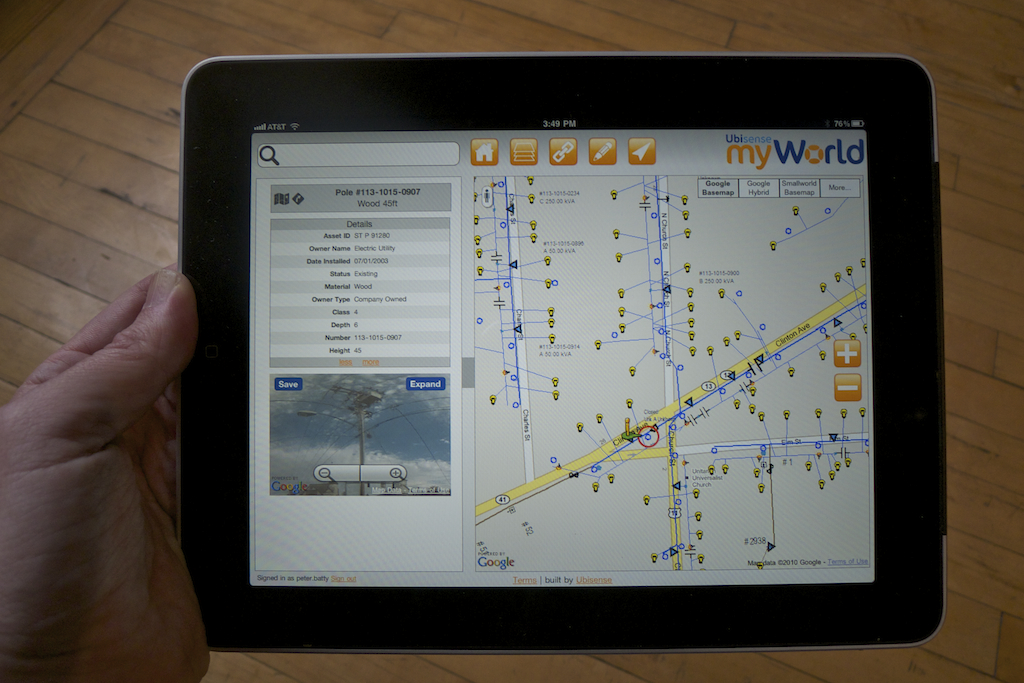Google I/O announced plans to add several new capabilities to help developers manage their products more effectively in Android Market. We’re pleased to let you know that the latest of those, multiple APK support, is now available. Multiple APK support is a new publishing option in Android Market for those developers who want extra control over distribution.
Until now, each product listing on Android Market has included a single APK file, a universal payload that is deliverable to all eligible devices — across all platform versions, screen sizes, and chipsets. Broad distribution of a single APK works very well for almost all applications and has the advantage of simplified product maintenance.
With multiple APK support, you can now upload multiple versions of an APK for a single product listing, with each one addressing a different subset of your customers. These APKs are complete, independent APKs that share the same package name, but contain code and resources to target different Android platform versions, screen sizes, or GL texture-compression formats. When users download or purchase your app, Android Market chooses the right APK to deliver based on the characteristics of the device.
When you upload multiple APK files, Android Market handles them as part of a single product listing that aggregates the app details, ratings, and comments across the APKs. All users who browse your app’s details page see the same product with the same description, branding assets, screenshots, video, ratings, and comments. Android Market also aggregates the app’s download statistics, reviews, and billing data across all of the APKs.
Multiple APK support gives you a variety of ways to control app distribution. For example, you could use it to create separate APKs for phones and tablets under the same product listing. You could also use it to take advantage of new APIs or new hardware capabilities without impacting your existing customer base.
To support this new capability, we’ve updated the Developer Console to include controls for uploading and managing APKs in a product listing — we encourage you to take a look. If you’d like to learn more about how multiple APK support works, please read the developer documentation. As always, please feel free to give us feedback on the feature through the Market Help Center.
